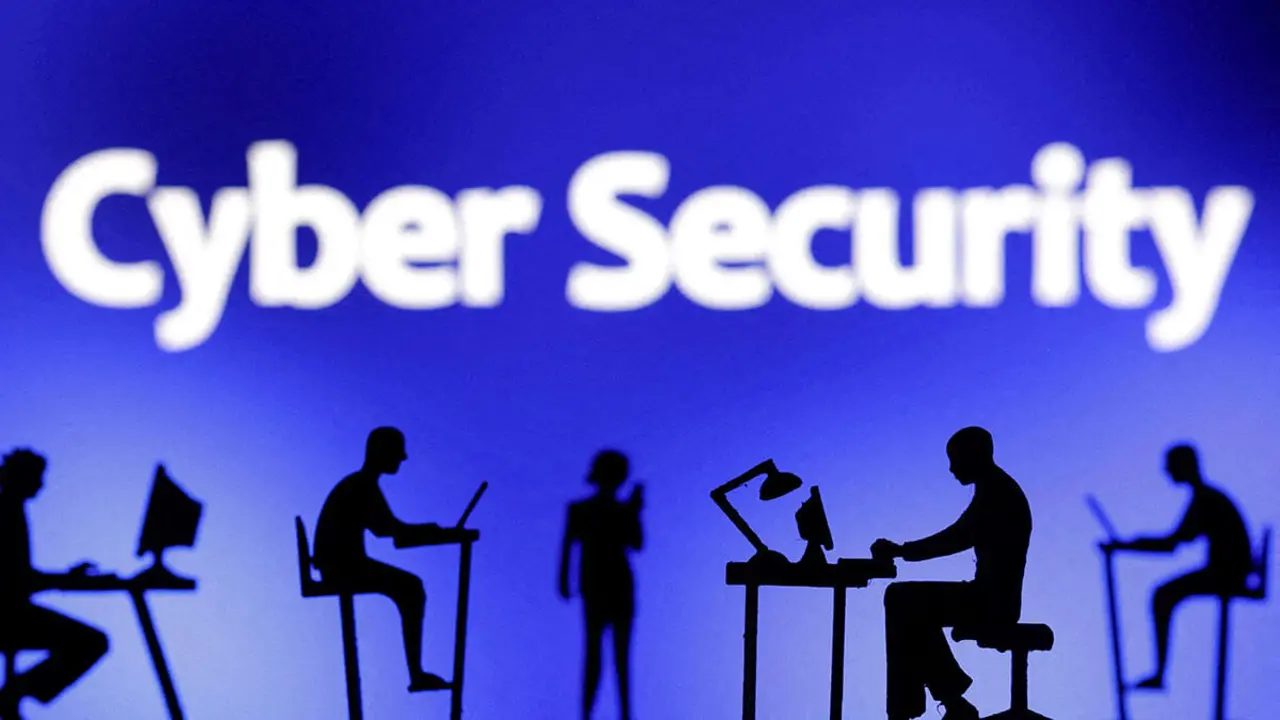Online attacks soared in the first half of 2021

As the use of the Internet and its resources grows, and the use of technologies for any area of life becomes increasingly clear, cyber attacks are booming in parallel. This year's data reveals that, in the wake of the coronavirus pandemic, and the growth of the global digital economy and other sectors, the numbers of online attacks have skyrocketed. Specifically, online criminals have seen the number of attacks grow by 151% in the first half of 2021 alone.
A Global Cybersecurity Outlook 2022 report reveals that 2021 was one of the most damaging years on the web, and claims that cybercrime has reached an unprecedented level of severity. Experts, meanwhile, say that SMEs - small and medium-sized enterprises - are the most affected by these attacks. A survey by the WEF (World Economic Forum) reveals that these entities account for at least one-fifth of the attacks because they have higher risks and do not prioritise cyber risks as much. In addition, brands do not have the expertise to deal with such problems and have fewer resources to deal with cyber threats.
"We need to provide solutions for SMEs to better protect themselves against current and future cyber threats, and shift the burden to the technology creators rather than the users. This means we need to integrate security features such as security by design and security by default when developing new technologies," said Algirde Pipikaite, leader of the WEF's cyber security strategy.
SMEs used not to be the focus of attacks by criminals, but today they alone account for 43% of all cyber attacks worldwide. According to the Ponemom Institute in Michigan, around two-thirds of these brands have suffered a cyberattack in the last year and 63% of them have been victims of theft and breach of private data.

The most worrying aspect of the issue is the attacks being carried out by cybercriminals. Data shows that the main viruses being sent and crippling companies' systems are ransomware. These online attacks are a type of malware that locks down brands' entire systems and prevents workers from accessing them or their own personal files within the company. When this happens, the hackers then demand payment to unlock the brands' records again.
This type of exploit is mainly sent by mail, where people access it thinking it is something important and in reality it is malicious spam. Another method used by online thieves is malicious advertising to distribute this virus, where internet users access dangerous websites by simply clicking on the ads.
Cibersecurity Ventures, a research firm that solves these types of problems, claims that damage ransomware costs could reach $265 billion by 2031. It also claims that ransomware attacks are occurring every two seconds and is a cause for concern, as advances in technology allow for ever more sophisticated attack systems to be created. The firm insists that the damage in 2021 alone is six trillion dollars worldwide and that if measured as a country "it would be the third largest economy in the world, behind the United States and China," the report says.

The main leaders against online crime are targeting social media and the rise of social networking. Many companies have already started to work on online platforms, and hackers are aware of this and are starting to see cases of hacking. Experts recommend protecting devices, avoiding any suspicious links, and in the event of anything happening, to file a report and have it handled by specialised security authorities.








